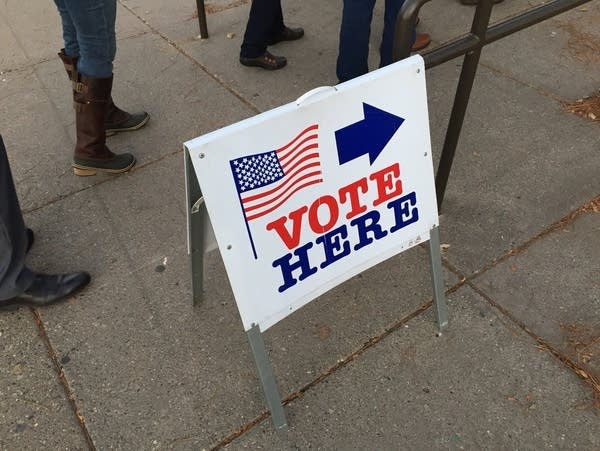Minnesota ranked second in the nation for its 2020 elections, Massachusetts Institute of Technology reported in its Elections Performance Index.
The EPI is the first state-by-state objective measure of election performance in U.S. midterm and presidential elections. It began tracking election administration with the 2008 election.
It equally weighs 19 indicators of electoral performance:
- Data completeness (providing all information to the EAC).
- Disability- or illness-related voting problems (now “disability access”).
- Mail ballots rejected (and those unreturned).
- Military and overseas ballots rejected (and those unreturned).
- Online registration available.
- Post election audit required.
- Provisional ballots cast (and those rejected).
- Registration or absentee ballot problems.
- Registrations rejected.
- Residual vote rate.
- Turnout.
- voter registration rate.
- Voting information lookup tools.
- Voting wait time.
As of 2020, they also include Electronic Registration Information Center (ERIC) membership and risk-limiting audits.
MIT Kenan Sahin Distinguished Professor of Political Science Charles Stewart III, who’s been involved in the project for a decade, told The Center Square in a phone interview Friday that Minnesota has an attitude of welcoming and encouraging turnout.
Minnesota’s EPI average has been second in the nation since 2008, when it was third. In the 2020 and 2016 elections, only Vermont placed higher. In 2012, North Dakota surpassed it. Its EPI scores have increased every year, from 77% in 2008 to 89% in the 2020 election.
Voter turnout increased in the 2020 election to 79.96%. The national average was 67.87% in that election. The North Star State’s voter registration rate was 91.91% while the national average was 87.34%.
“It’s really easy for Minnesota voters to vote,” Stewart said.
Minnesota’s imperfections include ranking below average in not returning mail ballots (11.54% vs 16.14%) and having below average “disability access” (voter deterrence from voting because of disability or illness). In Minnesota, the turnout of people with disabilities was 12 percentage points less than the turnout of people without disabilities, based on the U.S. Census Bureau-reported turnout rates between people who reported having one of six disabilities and those without those disabilities.
In Minnesota disability access difficulties may involve limited accessibility to sites in older buildings and bad weather in November compared with the South, where the buildings are relatively newer and have larger parking lots, providing easier access to polling sites, Stewart said.
This article was originally posted on Minnesota 2nd in the nation for 2020 elections, MIT report shows











More Stories
Milwaukee’s election boss needs to stop ‘getting out the vote’
Early voting under way for Texas primary election runoff
Thousands of Arkansas residents cast ballots before Tuesday’s primary